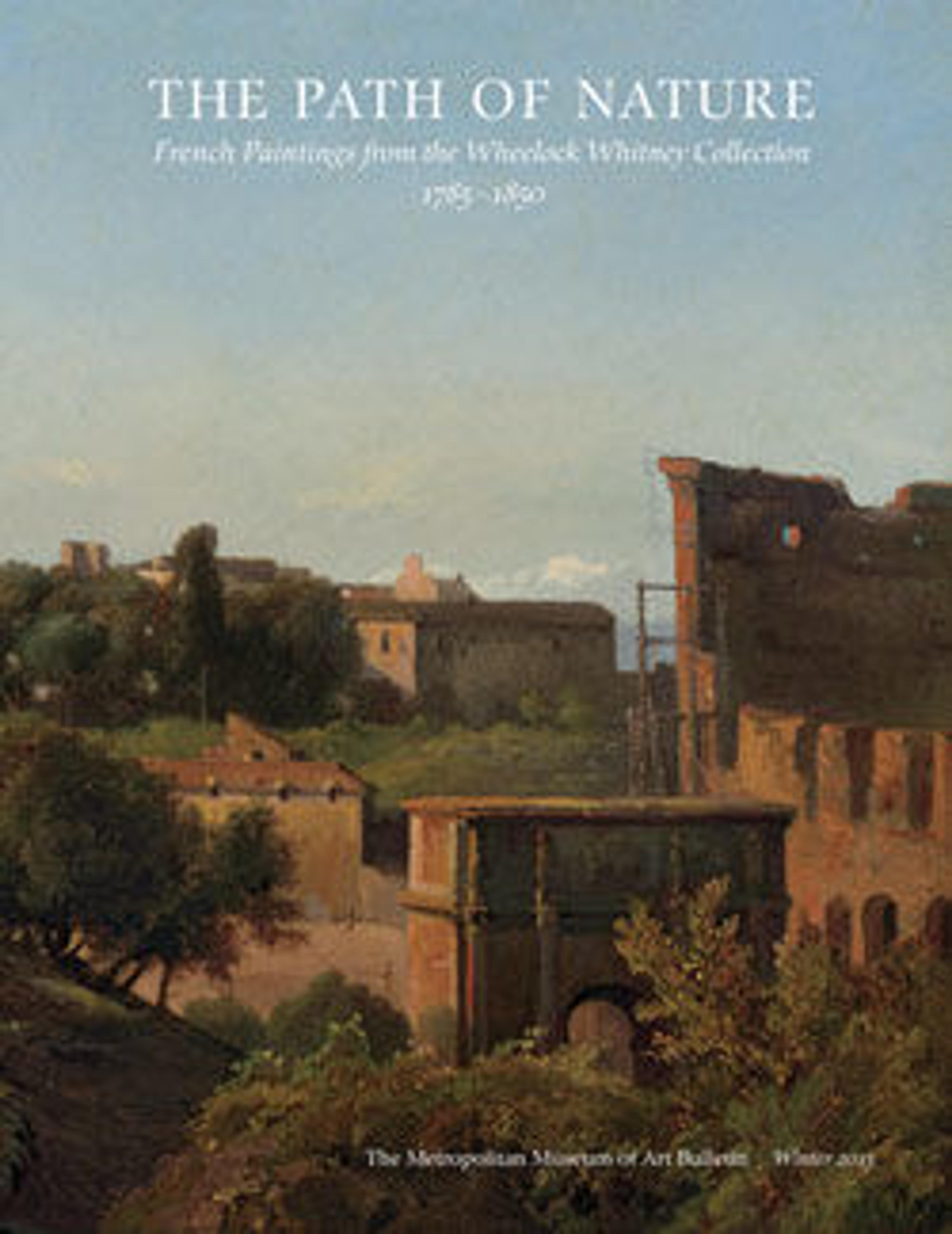The Arch of Titus and the Forum, Rome
This unfinished painting was made soon after the restoration of the Arch of Titus was completed, in 1824. The artist, who remains unidentified, differentiated between the white travertine used for the newly carved sections and the original Pentelic marble. Owing to its combination of sketchiness and naturalism, the work appears to—and might have—been painted out of doors. That would mark it as somewhat exceptional, given that it is painted on canvas (rather than paper) and is unusually large for a plein-air painting.
Artwork Details
- Title: The Arch of Titus and the Forum, Rome
- Artist: French Painter (early 19th century)
- Date: ca. 1824–35
- Medium: Oil on canvas
- Dimensions: 23 7/8 x 19 1/2 in. (60.7 x 49.6 cm)
- Classification: Paintings
- Credit Line: The Whitney Collection, Promised Gift of Wheelock Whitney III, and Purchase, Gift of Mr. and Mrs. Charles S. McVeigh, by exchange, 2003
- Object Number: 2003.42.32
- Curatorial Department: European Paintings
More Artwork
Research Resources
The Met provides unparalleled resources for research and welcomes an international community of students and scholars. The Met's Open Access API is where creators and researchers can connect to the The Met collection. Open Access data and public domain images are available for unrestricted commercial and noncommercial use without permission or fee.
To request images under copyright and other restrictions, please use this Image Request form.
Feedback
We continue to research and examine historical and cultural context for objects in The Met collection. If you have comments or questions about this object record, please contact us using the form below. The Museum looks forward to receiving your comments.
